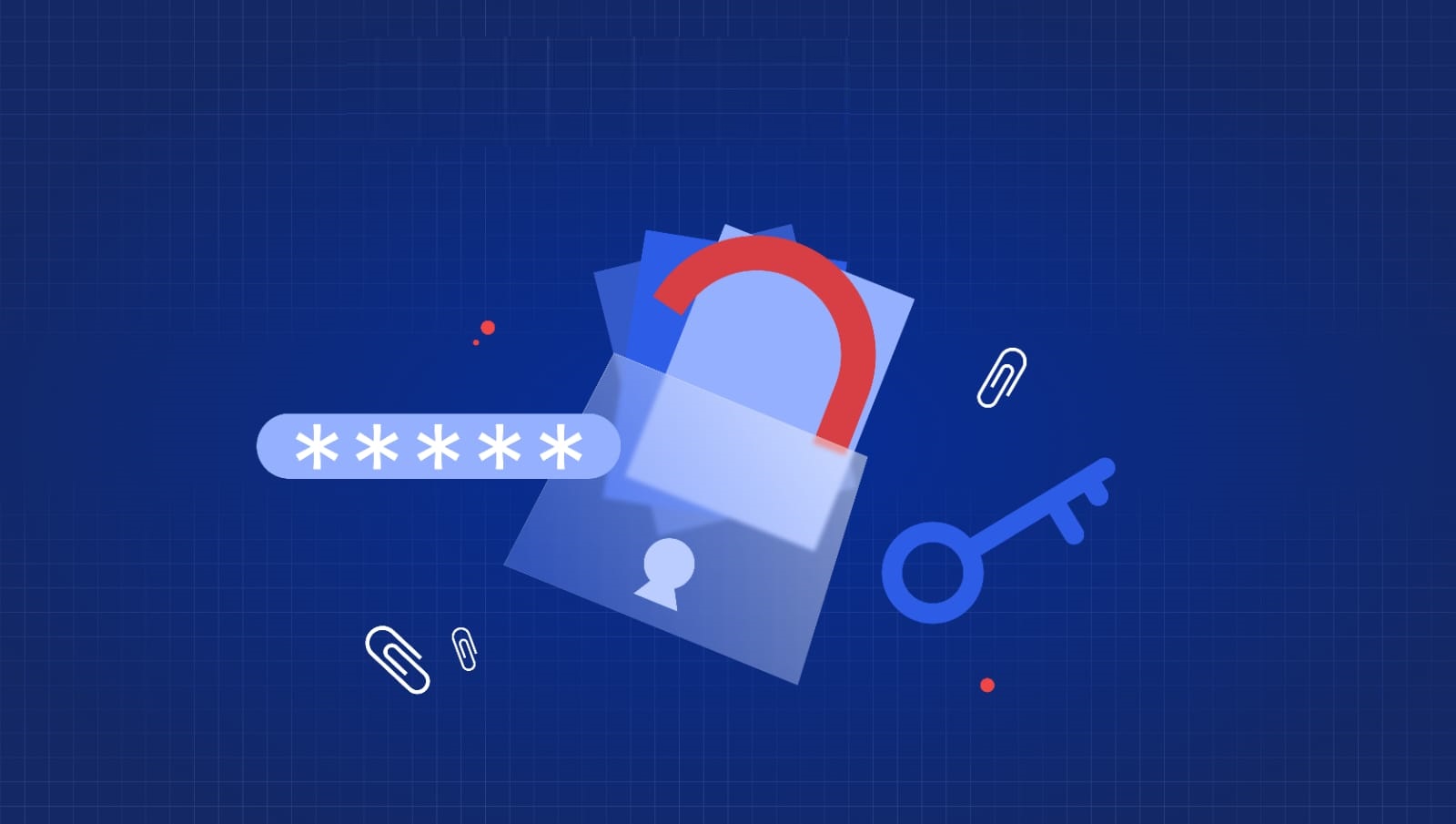How to Safeguard User Authentication on the Frontend: A Developer’s Guide
To safeguard user authentication on the frontend, start by implementing authentication types like session-based and token-based methods. Use secure protocols such as OAuth or JWT for managing sessions. As serverless UI engineering becomes more prevalent, developers must focus on efficient frontend application hosting solutions that also integrate security measures seamlessly.
Layer security with multi-factor authentication, combining passwords with one-time codes. Establish a Content Security Policy to protect against scripting threats. Always validate and sanitize user input to keep malicious scripts at bay.
Secure cookies with HttpOnly and Secure flags, minimizing XSS vulnerabilities. Regularly update and patch all dependencies to prevent exploitations. Encrypt all data transfers via HTTPS. By incorporating these strategies, you’ll substantially boost your application’s security resilience. Explore further solutions next.
Understanding Authentication Types
In the ever-evolving landscape of digital security, understanding authentication types is crucial to safeguarding user data and guaranteeing seamless access. As you navigate the challenges of frontend development, knowing the distinctions between authentication and authorization is key.
Session-based authentication verifies your credentials server-side, creating a session ID for continued access. In contrast, token-based methods generate an access token, stored in a cookie or local storage, enhancing your user experience by reducing server load.
Multi-factor authentication (MFA) adds layers of protection, combining methods like passwords and one-time codes, fortifying your account against unauthorized access.
Integrating OAuth and OpenID Connect (OIDC) offers robust solutions for authentication and authorization, allowing you to authenticate users securely across applications.
To guarantee your frontend security remains impervious to attacks, consider potential threats like Cross-Site Request Forgery (CSRF) and Cross-Site Scripting (XSS).
Implementing a Content Security Policy (CSP) helps mitigate these risks, providing a safer environment for users.
Remember, a strong authentication framework doesn’t just protect; it fosters a sense of belonging, guaranteeing users feel secure and welcome.
Mitigating Frontend Security Threats
As you explore mitigating frontend security threats, prioritizing proactive measures becomes essential to safeguarding your digital environment. Begin by implementing Content Security Policy (CSP) to restrict sources of executable scripts and stylesheets, substantially reducing the risk of cross-site scripting (XSS) attacks.
In your web application, guarantee input validation and sanitizing user inputs are top priorities. This helps prevent malicious scripts from sneaking in, a vital step in maintaining robust user authentication.
Don’t overlook the significance of Secure and HttpOnly flags when setting cookies. These measures prevent JavaScript from accessing sensitive cookie data, fortifying your frontend application against XSS attacks.
By incorporating a Web Application Firewall (WAF), you can actively detect and block suspicious requests, shielding your application from common web threats like SQL injection and cross-site scripting.
Regular updates and patches for third-party libraries are non-negotiable. They guarantee your web development environment isn’t vulnerable to exploitation through outdated dependencies.
Additionally, always use HTTPS with TLS encryption to protect user authentication data from man-in-the-middle (MITM) attacks. By embracing these security measures, you foster a safer digital space where users feel secure and part of a protected community.
Best Practices for Secure Development
Building secure applications hinges on adopting best practices that keep your users’ data safe and your system resilient. As a developer, implementing a Content Security Policy (CSP) is essential. This defines which content sources can execute on your web page, warding off cross-site scripting (XSS) attacks.
Encrypting data with HTTPS protects information as it travels between the user’s browser and the server, ensuring sensitive data isn’t intercepted or altered.
Validating and sanitizing all user input is vital to preventing XSS attacks and SQL injection, safeguarding user data and security. Secure authentication mechanisms like OAuth or JWT help manage user sessions and block unauthorized access to sensitive information.
Regularly updating and patching dependencies fortify your application against known vulnerabilities, preserving the security of the application and user data.
Consider Role-Based Access Control (RBAC) to manage user roles and control access effectively. When using open-source authentication software, commit to regular updates and engage with community support.
Prioritize user experience by minimizing signup friction and offering diverse login options like Google or Microsoft. These practices not only enhance security but also cater to a range of user needs, fostering a sense of belonging and trust.
Implementing Robust Security Measures
For securing user authentication, you’ll want to focus on implementing robust security measures that protect both your users and your application. Start by encrypting communication with HTTPS, safeguarding user data from interception. Employ secure protocols like OAuth and JWT for authentication and authorization, guaranteeing session information remains confidential.
To combat XSS and CSRF attacks, use a Content Security Policy (CSP) to restrict external scripts. Remember to sanitize user inputs to prevent SQL injection and other vulnerabilities. Secure cookies with HTTP-only, Secure, and SameSite attributes to protect session information. Regularly update your authentication logic to safeguard user data against known threats.
Incorporating multi-factor authentication (MFA) adds an extra security layer, requiring more than a password for access. Role-Based Access Control (RBAC) guarantees users only access necessary data and features, enhancing security.
| Security Feature | Purpose | Benefit |
| Multi-Factor Authentication (MFA) | Adds additional verification steps | Increases account security |
| Content Security Policy (CSP) | Restricts script execution | Reduces risk of XSS attacks |
| Role-Based Access Control (RBAC) | Manages user access | Protects sensitive data and functions |
Stay updated with new security protocols, perform regular audits, and use secure password hashing like bcrypt or Argon2 to protect user passwords.
Enhancing User-Centric Security
Enhancing user-centric security is all about embedding security into the user experience without sacrificing ease of use. It means ensuring your user accounts are protected from malicious scripts while maintaining a seamless user interaction.
You, as developers, play a pivotal role in achieving this balance. It’s vital to prevent unauthorized access to sensitive information, which can be done by implementing streamlined authentication methods like multi-factor authentication and biometric verification.
To foster user confidence, make sure your security measures, such as SSL encryption and session cookies, are transparent.
Users should feel secure knowing their data is protected, which in turn enhances their overall experience. Providing granular control over privacy settings empowers users to manage their own security, reducing the risk of unauthorized access.
Incorporate user education on secure practices such as password management and two-factor authentication to further bolster security.
Offer alternative and customizable login options to cater to varied user preferences, ensuring a great user experience. Minimize authentication steps and provide clear instructions to keep the process user-friendly.
Frequently Asked Questions
How Do I Secure User Authentication?
You’re wondering how to secure user authentication, right? Start with encryption techniques and public key cryptography. Embrace two-factor methods, robust password hashing, and biometric security. Manage sessions wisely, securely store data, verify identities, and use access tokens effectively.
How to Secure a Frontend Application?
To enhance frontend security, implement secure cookies and input validation. Use data encryption and secure protocols like SSL certificates. Rely on browser storage cautiously, enforce same origin policy, and apply content security to prevent cross-site scripting.
How Do You Handle User Authentication and Authorization in a Web Application Securely?
Imagine a fortress guarding your data. You should use Single Sign-On, Password Management, and Two-Factor Authentication. Implement Biometric Authentication for stronger identity verification, guarantee Session Management and Cookie Security, and validate tokens with robust encryption protocols and access control.
What Is the Most Secure Method to Authenticate a User?
You’ve got several options, but combining multi-factor authentication, password hashing, and biometric recognition offers top security. Enhance it with adaptive authentication, one-time passwords, and device fingerprinting to create a secure, inclusive user experience.
Conclusion
Think of frontend security like a fortress protecting a treasure—your users’ data. To guard this fortress, understanding authentication types is your sturdy wall, mitigating threats is your vigilant watchtower, and best practices are the soldiers on patrol.
Implementing robust measures acts as the gatekeeper, while enhancing user-centric security is the beacon guiding safe passage. With these defenses, you’ll guarantee that your users’ journey is secure, empowering them to explore your digital domain with confidence.
Keep an eye for more news & updates on Verified Zine!






